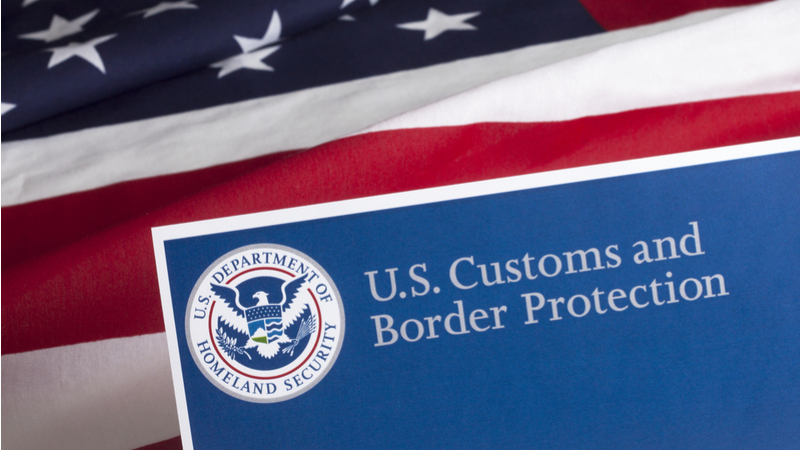
Members of the House Homeland Security Committee this week pushed for increased funding to use emerging technology-driven solutions to combat illicit activity at the U.S.-Mexico border, while witnesses at a subcommittee hearing argued for more highly trained U.S. Customs and Border Patrol (CBP) personnel to leverage the advantages that newer technologies can create for law enforcement.
“The crisis at our southern border poses an existential risk to our nation,” said Rep. Clay Higgins, R-La., chairman of the Subcommittee on Border Security and Enforcement, during a hearing Tuesday afternoon.
“To combat this threat, emerging border security technologies play a critical role in deterring criminal activity,” he said, adding, “these innovative technologies are essential in countering these evolving threats, including the use of cartel drones and coyote smuggling operations.”
In fiscal year (FY) 2022, CBP personnel scanned 7.6 million vehicles at the border, leading to the seizure of more than 100,000 pounds of narcotics through the use of large-scale Non-Intrusive Inspection (NII) technology.
With NII technology, CBP cut examination times from two hours down to eight minutes, increasing efficiency and saving money. In FY2022, that effort saved $1 billion in operational costs and between $5.8 billion and $17.5 billion in costs from delays.
Rep. Luis Correa, D-Calif., the subcommittee’s ranking member, highlighted how CBP officers are using artificial intelligence-assisted devices to detect and interdict “drugs and other dangerous substances.” These systems, he explained, “not only allow for better targeting but also for quicker inspections.”
“But the scale of the challenge is huge, and more technology is needed,” Rep. Correa said.
“More scanners means less fentanyl on our streets, more investment in cameras and ground-based sensors means more data that our officers and agents can use to stop human smugglers and human traffickers,” he said.
In a bipartisan letter, several lawmakers including the California congressman called for further collaboration between the Department of Homeland Security’s Science & Technology Directorate (S&T) and CBP to further optimizing passive NII technology through developments in AI and machine learning for the detection of fentanyl and other contraband smuggled into the U.S.
But technology isn’t enough, according to witnesses at the hearing who told lawmakers that CBP also needs more trained and experienced agents.
Thaddeus Cleveland, sheriff of Terrell County, Texas, told lawmakers that as a former CBP agent he has seen the agency evolve with its use of technology, but also that shortages of trained, experienced personnel remain a longstanding issue.
“Technological evolutions have assisted the U.S. Border Patrol achieve tremendous success with border security,” Cleveland said. “But unless you have enough border patrol agents on the ground to go out and apprehend those that it detects it’s useless and in my environment there in Terrell County, we’ve experienced that quite a bit.”
“We have technology that detects so much but we just don’t have the personnel to go out and chase it,” he said.
